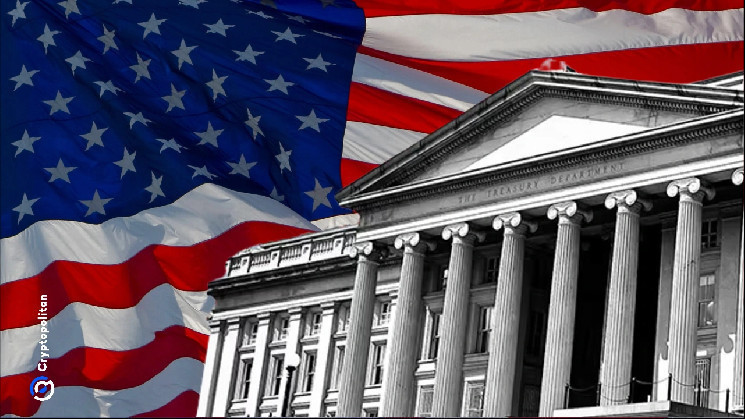
The United States is staring down the barrel of another financial crisis, with the Treasury Department confirming it will hit a new debt ceiling just days before Donald Trump returns to the White House.
Treasury Secretary Janet Yellen sent a warning to Congress, saying the debt limit will reset to match the current $36 trillion in national debt on January 2, 2025. A small $54 billion reduction in federal trust fund securities will provide a sliver of breathing room, but that will disappear fast.
By mid-January, the Treasury will be forced to use “extraordinary measures” to keep the government’s lights on. Yellen’s message was that lawmakers must act to raise or eliminate the debt ceiling, or the U.S. will face financial disaster.
“I respectfully urge Congress to act to protect the full faith and credit of the United States,” she wrote. But with a politically divided Capitol and tensions rising, the solution is far from clear.
Interest payments are swallowing the budget
If the growing national debt was a fire, interest payments would be the gasoline. In the past year alone, the U.S. spent $1.15 trillion on interest payments alone. To put it plainly, that’s more than the country spent on defense and healthcare combined—by $300 billion.
Interest costs have doubled in just three years, and they’re climbing fast. At this rate, interest payments will overtake Social Security as the government’s biggest expense in the next three years.
The Treasury is now America’s biggest borrower, but even it can’t keep up with the Federal Reserve’s relentless high rates. Without congressional action, the U.S. will hit its borrowing cap by January 14 to 23.
After that, the government won’t be able to issue new debt, leaving it incapable of paying its bills. Federal programs like Social Security, Medicare, and even military operations could face massive funding cuts.
Trump calls for a radical fix
Trump broke with Republican tradition by backing the idea of eliminating the debt ceiling altogether. In his words: “The Democrats have said they want to get rid of it. If they want to get rid of it, I would lead the charge.”
Trump pushed for Congress to include a debt ceiling provision in its end-of-year funding bill, threatening primary challenges against Republicans who opposed him. But despite his influence, 170 Republicans defied him, leaving the debt ceiling fight for his incoming administration.
The divide in Washington is as sharp as ever. Democrats argue that the debt ceiling is an outdated tool that only creates unnecessary crises.
Republicans, on the other hand, see it as a bargaining chip to rein in government spending. Trump has blurred the lines, creating new tensions within his own party.
The economic fallout
The timing couldn’t be worse. The U.S. economy is already grappling with rising inflation, high interest rates, and slowing growth. GDP is projected to grow by 2.7% this year, but that’s expected to drop to 1.7% by 2026.
Consumer spending, the backbone of the economy, has slowed to a crawl. In October, spending rose by just 0.1% month-over-month, a drop from the stronger gains earlier this year.
Unemployment is creeping up too, now sitting at 4.25%. Companies are cutting back on hiring, and wage growth is slowing. The labor force participation rate is declining, leaving more Americans out of work or underemployed.
Even consumer confidence is tanking. The Consumer Confidence Index fell by 8.1 points in December, signaling that Americans are increasingly pessimistic about the economy. Inflation, while stabilizing at around 2.3%, is still eating into household savings.
Personal income rose by just 0.3% in November, and the savings rate is now at a meager 4.4%.

